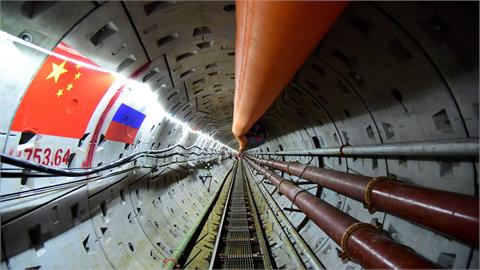Canada's Leading Edge Materials(LEM) said it is considering to apply for an exploration license at Romania-based site Bihor Sud, after preliminary testing showed encouraging results for cobalt recovery.
"Review of progress and results to date are considered highly encouraging, and it is anticipated that LEM Romania shall proceed to exploration license application across prospective areas," the company said in a press release on Tuesday.
The prospecting activity was carried out through Romanian company LEM Resources, in which LEM bought a 51% stake in August. LEM and other two companies that hold stakes in LEM Resources form a joint venture named the 'Exploration Alliance' that is focused on the discovery and development of lithium-ion battery raw materials
LEM staff and consultants have been active on Bihor Sud Prospecting Permit in Romania over the summer period, compiling historic data, sampling historic mine waste dumps, completing preliminary ground geophysics and soil sampling.
"Our Exploration Alliance in Romania is making good progress, with an experienced team in place and work underway on a number of high potential cobalt prospects. We look forward to sharing project details as we progress to an exploration license application", Leading Edge Materials president and CEO, Blair Way, said.
The principal efforts of the Exploration Alliance to date has been directed towards cobalt mineralization within the Upper Cretaceous Carpathian magmatic belt of the Balkan region.
LEM Romania is the local branch of Leading Edge Materials and the owner of the 25.5 sq km Bihor Sud Prospecting Permit in central western Romania.
Leading Edge Materials is a Canadian public company focused on production of high value critical raw materials for the European market.
LEM’s assets and research focus are towards the raw materials for Li-ion batteries (graphite, lithium, cobalt); materials for high thermal efficiency building products (graphite, silica, nepheline); and materials that improve the efficiency of energy generation (dysprosium, neodymium, hafnium). Investments are linked to the global shift to low-carbon energy generation and energy storage.
(SeeNews)



